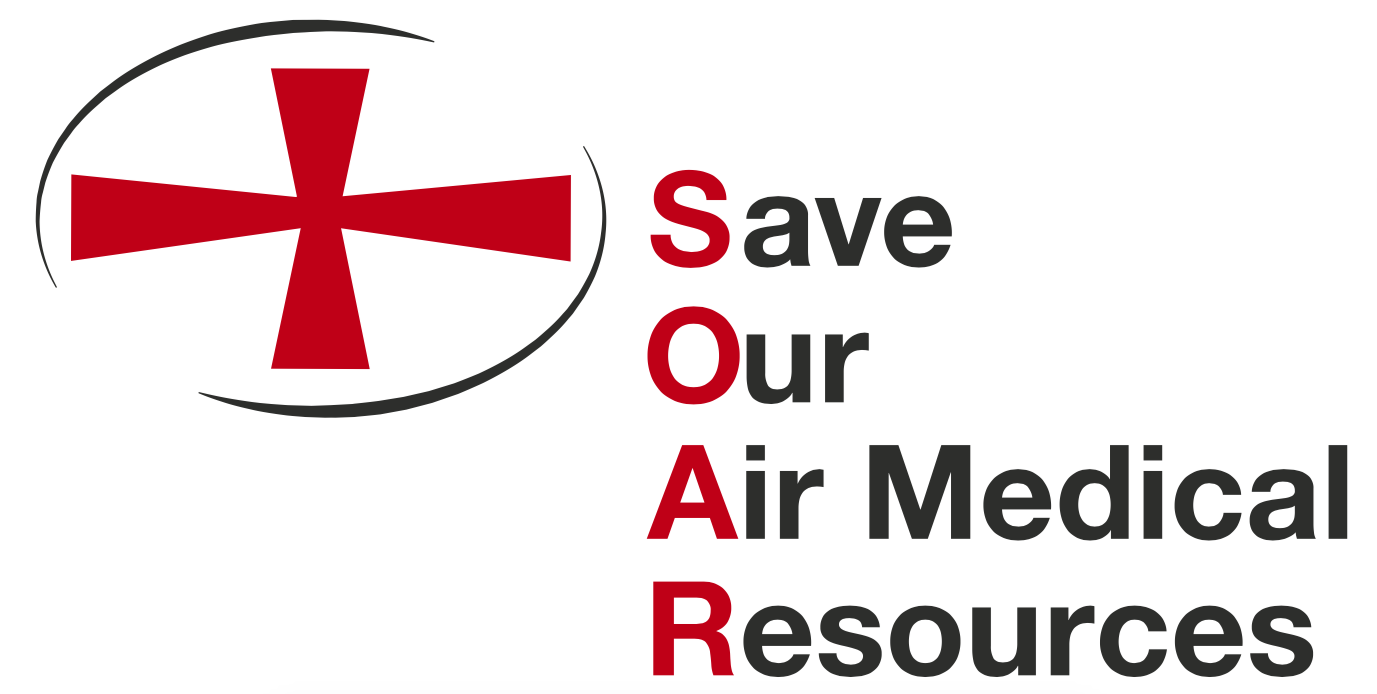The Save Our Air Medical Resources (SOAR) campaign participated in the inaugural Rural Progress Summit to discuss the importance of emergency air medical services in rural America.
The Summit, which took place virtually, and was organized by the One Country Project gathered policymakers, industry experts, and rural advocates for three days of thoughtful discussion.
The first day of the conference began with a session on how to provide the best health care for rural America. Aidan O’Connor, a critical care flight paramedic and member of the Senior Leadership Team for Air Methods, represented the Save Our Air Medical Resources (SOAR) campaign in a panel discussion about the challenges and opportunities facing about the challenges and opportunities facing health care in rural America. He discussed the importance of the air medical industry in rural and underserved areas particularly as hospitals close in those areas and the regulatory and legislative changes needed to preserve access to this lifesaving service.
“If I was to put it under one umbrella, I would define it as transport medicine - either responding to these patients in an emergency situation from the nine-one-one system or moving them from hospital to hospital,” said O’Connor when asked what the biggest health care challenge is in rural America.
O’Connor, who joined Air Methods nine years ago, serves as the Northeast Sales Director. He continues to work as a paramedic in rural, upstate New York and has been utilizing his expertise to help New York City residents during the COVID-19 pandemic, a time when overcrowding in many ICUs has resulted in heavy reliance on air medical services to transport patients to open hospital beds.
“When I was asked to go down there with my colleagues to help triage and move these patients, whether by ambulance or by air, I never thought I would see what I saw,” O’Connor said. “So the biggest thing that I am doing and have been doing and continue to do is share those real-life experiences.”
O’Connor was able to witness firsthand the major impact the COVID-19 pandemic had on the air ambulance industry and how providers stepped up in a big way to ensure continuous patient care. In 2020, the most common diagnoses associated with air medical transports shifted to chronic respiratory disease and COVID-19 and over half of voters agree that air ambulances are an essential factor in the nation’s response to the pandemic. Recently, many ICUs have reached full capacity and air ambulances have been critical to transporting patients to open hospital beds, ensuring they receive proper care.
The pandemic revealed what we already knew: we must protect access to air medical services.
Despite this revelation, the air ambulance industry still faces many challenges. O’Connor touched on a few of these, most notably, unsustainable reimbursement rates.
“We’d go pick up patients who devastatingly needed to get to another hospital for definitive care and they would see the helicopter… And they would even be so nervous that they would contemplate whether or not to get in the helicopter or potentially die in the hospital because of the perceived cost of it,” said O’Connor.
Over 75 percent of air transports are for patients covered by Medicare, Medicaid, and other government insurers, or those who are uninsured. Medicare only covers roughly 50 percent of transport costs, with Medicaid covering even less. For air medical providers, who rely solely on transport costs for revenue, reimbursement far below the actual cost of transport results in financial struggles that can cause entire bases to close down. If this continues, millions of Americans will lose access to lifesaving air medical services, which is especially dangerous in rural communities where the closest hospital could be hundreds of miles away or in a different state.
In addition to low reimbursement rates, many private insurers refuse to go in-network. When this is the case, patients can get caught in the middle of billing disputes. Insurers must agree to work cooperatively with providers to prioritize patients and bring this lifesaving service in-network.
The No Surprises Act was supposed to fix this problem, however, a recent interim final rule jeopardizes the fair implementation of this legislation. O’Connor discussed the need for the U.S. Department of Health and Human Services to collect cost data from providers to better understand reimbursement rates and for the final rule to recognize the different types of air medical providers. Hospital-based providers are able to accept lower reimbursement rates, due to additional revenue streams for other services within the hospital. On the other hand, independent providers rely solely on transport costs as their main source of revenue and cannot accept unsustainably lower rates.
“From a reimbursement standpoint too, it’s not all the same,” added O’Connor... “That reimbursement has to somehow add up to make sure that we have [air medical services], particularly in those rural communities.”

